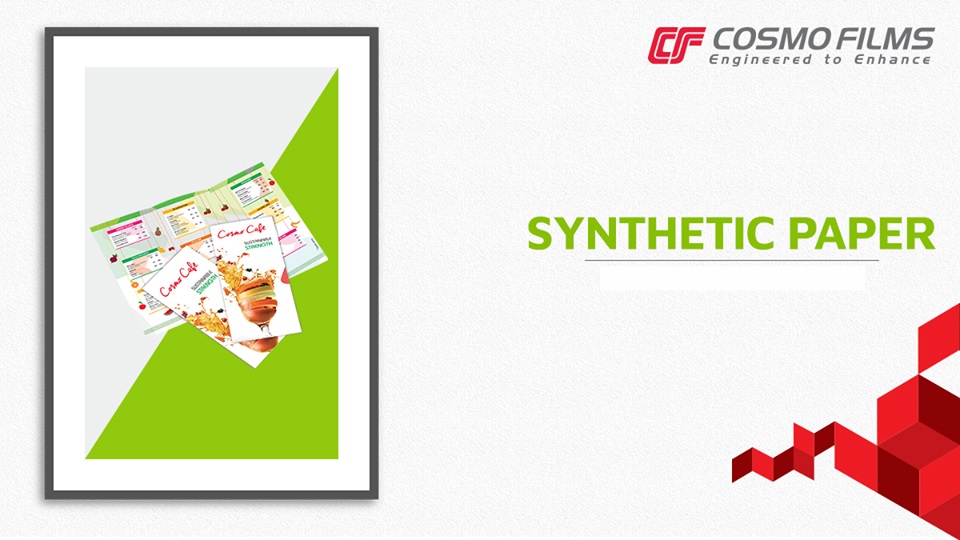5 Reasons You Should Use Cosmo Synthetic Paper for Tags & Labels
Labeling a product is not just about putting paper onto it with all the information in an aesthetically appealing way. You need to factor in your label/tag’s durability, endurance to rough conditions, print quality & much more. Using the conventional pulp-based paper for labeling & tagging application is not a viable option, as it is prone to damages. Brands are thus switching to Cosmo Synthetic Paper (CSP), which is an extremely durable solution, perfect for labels & tags.
In this blog post, we’ll explore the top 5 reasons why you should be using CSP for your product labeling.
100% Resistant to Moisture, Tear & Oil
Cosmo Synthetic Paper labels/tags turn out to be the perfect partner, as they are extremely durable. Made using a synthetic substrate, it is resistant to moisture & oil and does not tear even in rough conditions.
Compatible with Stitching & Hot Foil Stamping
CSP is stitch-able, thus replacing the traditional cloth-based labels in quilt & rice bag applications. Also, it is compatible with hot foil stamping & does not melt during the process.
Chemical Resistance
CSP is resistant to chemical substances, proving to be the perfect solution for such applications.
Security Features
Certain brands use security features on their labels for brand authentication, which helps them prevent the sale of pirated products. CSP helps brands efficiently incorporate security features like micro printing, high-resolution border, QR code, prismatic printing, watermark, serial numbering, and others.
Compatible with Multiple Print Processes
Print compatibility is one of the major concerns in the labeling industry. CSP is compatible with multiple print processes, giving label producers the liberty to print their labels using their existing printing processes.
Being a 100% tree-free solution that facilitates the recycling process, CSP is exactly what brands need today to drive sustainable growth. Connect with our experts today to explore the use of CSP for your application.




Comments
Post a Comment